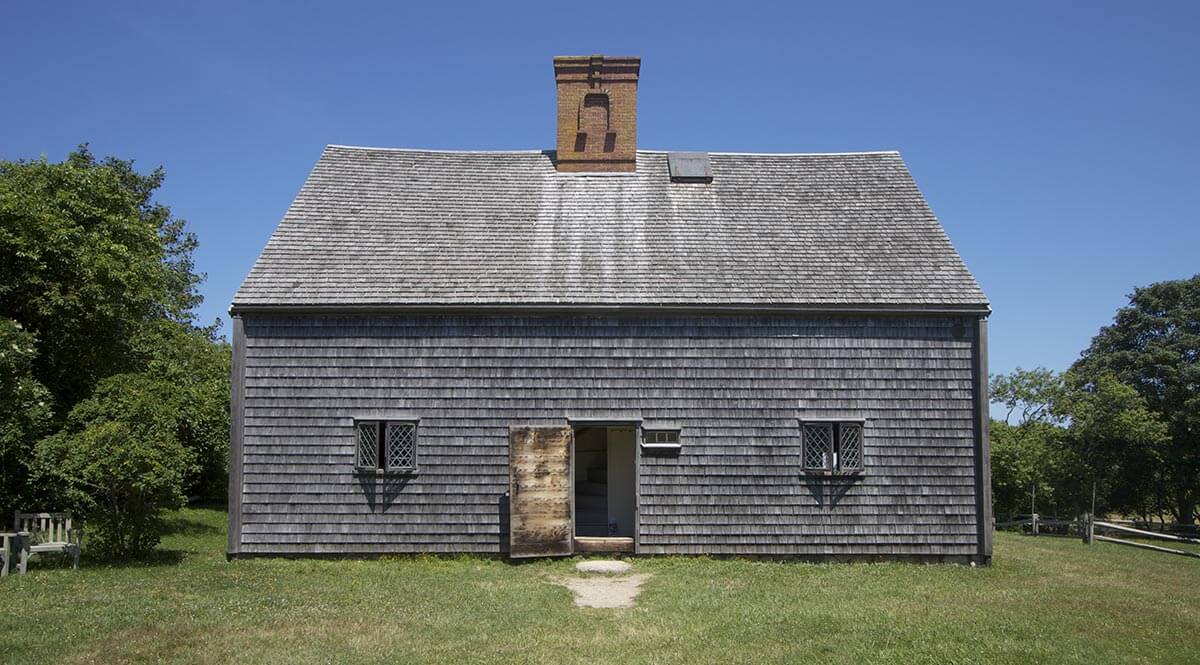The Jethro Coffin House (the “Oldest House”) on Sunset Hill, built for the 1686 wedding of Jethro Coffin and Mary Gardner, is the oldest building open to the public, but several other privately owned houses lay claim to being older. A number of them are located in ‘Sconset. A walk around the old section of ‘Sconset reveals venerable dates on small houses on and near Broadway. (It needs to be kept in mind that construction dates of the oldest Nantucket houses are a matter of tradition rather than documentation and hence are open to question.)
Here are two very old buildings that survived longer than most but are no longer in existence.
Rose Cottage, a “squatty” little four-room house, stood on the west side of Broadway in ‘Sconset. It had arrived at this spot via multiple moves. There was a tradition that it had originally been a Wampanoag wetu, but that has been denied or discredited over the years on the grounds that, modest though it might have been, it was a framed building, not a wigwam. Nonetheless, the boards used to side it might have previously been used to side a wetu. Edward Underhill, in his 1888 history of the old houses of ‘Sconset, interviewed octogenarian Captain Edward C. Joy, who affirmed that Rose Cottage had been located on Broadway at least since 1814 and passed from one owner to another until Captain Charles H. Rule took it down in 1881. Thrifty islanders continued to make use of anything salvageable. Henry Chandler Foreman, another historian of old ‘Sconset buildings, traced some of what was left of Rose Cottage to Morey Lane, where it had been incorporated into yet another house. If building material of Rose Cottage had initially come from a Wampanoag dwelling, it might have predated the 1680s, but there is no longer any way to investigate this.
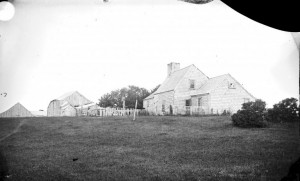
Until it collapsed in 1902, the John Swain House in Polpis was acknowledged as the oldest house on Nantucket and was the subject of many nostalgic photos, paintings, and woodcarvings. It was dated to 1672 and remained in habitable condition up into the 1880s. Then it was allowed to go derelict until its final collapse.
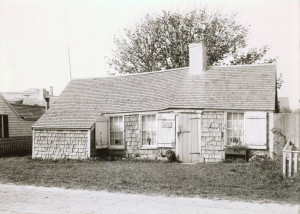
Auld Lange Syne on the west side of Broadway in ‘Sconset, next door to the former site of Rose Cottage, is dated by tradition to 1675. This would make it a decade older than the Jethro Coffin House in town. Although it has had some periods of neglect, it has been restored and maintained and continues as a dwelling house.
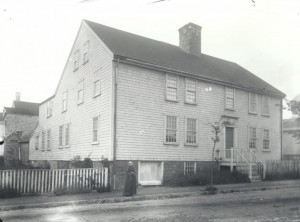
At 10 Pine Street in town stands Parliament House, moved to its present location from a site next to Hummock Pond where it was built for Nathaniel and Mary Starbuck around 1676, according to Clay Lancaster, yet another building historian. One of a number of substantial buildings originally located in the first settlement area to the west of the present town, Parliament House was dismantled in the first half of the 1700s, moved eastward, reassembled, and enlarged at its present site.
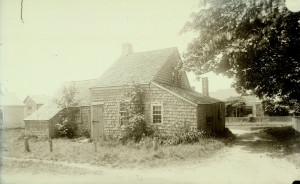
Shanunga, another house on Broadway in ‘Sconset, has been traditionally dated to 1682, making it a just few years earlier than the Jethro Coffin House. Tradition also places its original site at Sesachacha with a subsequent move to ‘Sconset. According to Foreman, after a series of expansions in the 1700s and 1800s, Shanunga has remained much as it was.

The house at 139 Main Street in town has been said to be contemporaneous with the Jethro Coffin House, built before 1688 for Richard Gardner. A painstaking house and family history by Betsy Tyler, however, concludes that the house was built shortly after 1715. It passed through the hands of various Gardners until eventually it was used as a storage and carriage house for George C. Gardner, whose dwelling house was nearby. In 1927 architect Alfred Shurrocks, who was simultaneously employed in the restoration of the Jethro Coffin House, moved the old building and restored it as a dwelling house.
The Jethro Coffin House itself had ceased to be habitable by the 1880s and was in a state of dilapidation at the time of the 1881 Coffin family reunion. Rescued from going the way of the John Swain House in Polpis, the Jethro Coffin House was shored up and opened to the public. In 1923 it was acquired by the Nantucket Historical Association, and over the years 1923–29 it underwent restoration by architects William Appleton and Alfred Shurrocks. The restoration did not return the building to its original form, which was a rectangular building with gables on the front, but to a “saltbox” form with a long back catslide roof typical of the first half of the 1700s. The 1726 Nathaniel Paddack House that shared Sunset Hill with the Jethro Coffin House was demolished in 1927 and parts of it incorporated into the restoration of the Jethro Coffin House. In 1987 the Jethro Coffin House was struck by lightning and badly damaged, leading to another restoration.

The Jethro Coffin House in its role as the Oldest House, is not only the oldest house on Nantucket open to the public, it is also significant in standing exactly where it was first built, unlike Parliament House and many other buildings on the island that have been moved from place to place. The Jethro Coffin House shares this distinction with the Elihu Coleman House, built in 1721–22 and still on its original site. In the first half of the 20th century, when it was open to the public, the Elihu Coleman House was advertised as the second oldest house on the island. As can be seen from the above, there are and have been until relatively recently a number of buildings with claims to being older than the Elihu Coleman House, but as the one dwelling house left behind at the old settlement site and maintained in a remarkable state of preservation, it is significant. Like the John Swain House and the Jethro Coffin House, the Elihu Coleman House ceased to be lived in for a while in the 1800s and came near to demolition by neglect, but unlike the John Swain House, the Jethro Coffin House and the Elihu Coleman House were both rescued and preserved.

